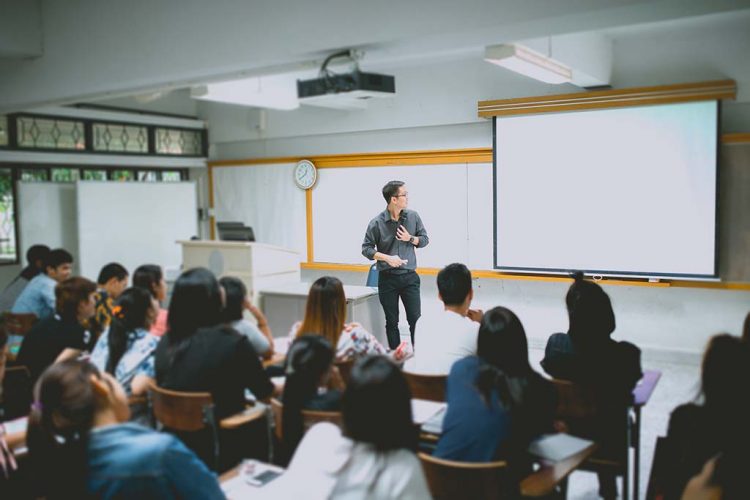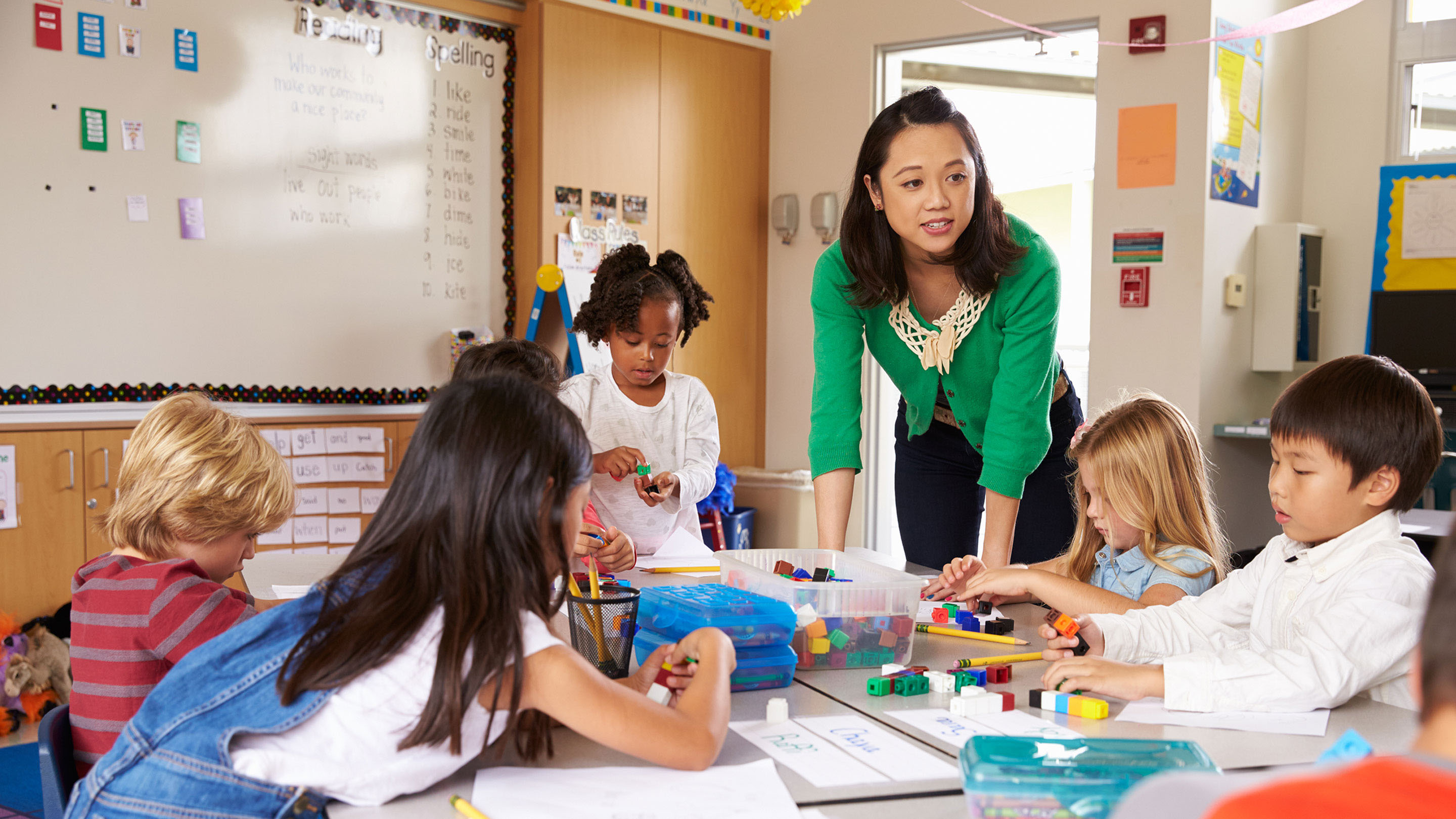Enroll in Primary Science Tuition Singapore for a Strong Science Foundation
Enroll in Primary Science Tuition Singapore for a Strong Science Foundation
Blog Article
Exploring the Different Teaching Strategies in Primary Scientific Research Education And Learning Today
Inquiry-based understanding, hands-on experiments, and the integration of modern technology are redefining exactly how teachers engage young minds. Additionally, collaborative methods and distinguished instruction are being utilized to cater to the varied needs of trainees, boosting both interaction and understanding.
Inquiry-Based Learning
Inquiry-Based Knowing (IBL) is an instructional approach that motivates pupils to check out clinical concepts via questioning, examination, and hands-on trial and error. This technique emphasizes the duty of pupils as energetic participants in their discovering, advertising critical reasoning and analytic skills. By involving with real-world questions, trainees end up being curious and motivated, which enhances their understanding of scientific concepts.
In IBL, educators work as facilitators, assisting pupils as they browse their inquiries as opposed to delivering information directly. This student-centered method permits for distinction, accommodating numerous learning paces and styles. Pupils establish skills in formulating theories, creating experiments, and examining data, which are essential for clinical proficiency.
Furthermore, IBL cultivates collaboration amongst students, urging them to share concepts and findings. This collective query advertises social abilities and a feeling of area within the class. The procedure of query motivates resilience, as pupils discover to embrace failing as a stepping rock towards understanding.
Hands-On Experiments
Hands-on experiments are an important component of efficient science education, enhancing the concepts of inquiry-based learning. These experiments enable students to engage directly with clinical ideas, fostering a deeper understanding via experiential understanding. By controling materials and observing results, young learners can comprehend abstract theories in concrete ways.
Such tasks promote important reasoning and analytic abilities, as pupils assume end results, conduct experiments, and assess outcomes. This process motivates them to ask questions, refine their understanding, and create a clinical way of thinking. Hands-on experiments can be customized to diverse discovering styles, ensuring that all pupils have the possibility to engage meaningfully with the web content.
Furthermore, hands-on experiments frequently encourage partnership among peers, promoting synergy and communication skills. Operating in groups makes it possible for students to share ideas, discuss searchings for, and gain from one an additional, which boosts their overall educational experience.
Incorporating hands-on experiments into the primary science educational program not just enhances the finding out setting yet additionally grows a lifelong passion in science. By proactively joining their education, students are extra likely to create an interest for scientific inquiry that prolongs past the classroom.

Modern Technology Combination
Incorporating modern technology right into main scientific research education and learning has ended up being progressively vital in promoting trainee interaction and improving discovering end results. Using electronic devices, such as interactive simulations, online labs, and instructional software application, supplies trainees with possibilities to explore clinical ideas in innovative methods. These resources promote a much deeper understanding of intricate topics by allowing students to envision and manipulate variables that would certainly be unwise in a conventional classroom setting.
In addition, modern technology integration encourages individualized discovering experiences. Pupils can advance at their very own speed, reviewing tough principles via multimedia sources, which deal with different discovering designs. This versatility not just sustains individual development yet likewise cultivates a sense of autonomy in learners.
In addition, modern technology works as a bridge to real-world science, linking pupils with present research and specialist payments. Accessibility to on the internet data sources and clinical journals expands pupils' perspectives on clinical query and fosters critical believing skills.
Collaborative Knowing
Collaborative learning plays a crucial role in key scientific research education by cultivating team effort and interaction abilities among trainees. This strategy motivates students to function together, share expertise, and involve in problem-solving, which enhances their understanding of scientific principles. By taking part in team activities, students discover to express their concepts, listen to varied viewpoints, and bargain solutions, every one of which are necessary skills in both scholastic and real-world contexts.

Research shows that joint discovering can lead their website to raised motivation and involvement in science topics, as pupils discover satisfaction in shared experiences (primary science tuition Singapore). Furthermore, this approach prepares students for future joint endeavors, furnishing them with the abilities necessary for reliable synergy in higher education and learning and specialist atmospheres. Inevitably, embracing collective understanding in main scientific research education and learning can substantially enhance the discovering experience and promote a deeper understanding of clinical questions
Separated Instruction

Set apart guideline can show up in numerous ways, such as varying the content, processes, or products of knowing. For example, educators might use tiered tasks that give varying degrees of complexity, allowing students to operate at their particular preparedness degrees. In addition, versatile grouping techniques can assist in partnership among students with different capacities, cultivating peer understanding.
Evaluation plays an important function in this method, as it informs our website instruction and assists teachers recognize each student's distinct demands. Developmental evaluations, such as monitorings and quizzes, can lead teachers in adjusting their approaches to enhance finding out results. primary science tuition Singapore. Inevitably, by carrying out separated instruction in key scientific research education and learning, instructors can cultivate a much more efficient and equitable discovering environment, equipping all pupils to reach their full capacity in understanding scientific phenomena
Verdict
In summary, the varied teaching methods in main scientific research education, consisting of inquiry-based understanding, hands-on experiments, technology assimilation, collective understanding, and set apart instruction, collectively contribute to a much more effective understanding environment. These techniques advertise crucial reasoning, analytic skills, and a deeper understanding of clinical ideas. By carrying out these strategies, teachers can create encouraging and engaging classrooms that resolve the varied needs of pupils, inevitably promoting a long-lasting passion in scientific research and boosting academic achievement.
Inquiry-Based Knowing (IBL) is an instructional method that motivates trainees to check out clinical ideas with questioning, investigation, and hands-on testing.Collective discovering plays a crucial role in key scientific research education by fostering synergy and interaction skills among pupils.Research study indicates that collaborative understanding can lead to boosted motivation and engagement in scientific research subjects, as pupils discover pleasure in shared experiences.In fostering a comprehensive understanding environment, see here distinguished direction arises as a vital approach to accommodate the diverse requirements and abilities of trainees in key science education. Inevitably, by executing separated direction in main science education, teachers can cultivate a more efficient and equitable discovering atmosphere, empowering all trainees to reach their complete capacity in understanding clinical phenomena.
Report this page